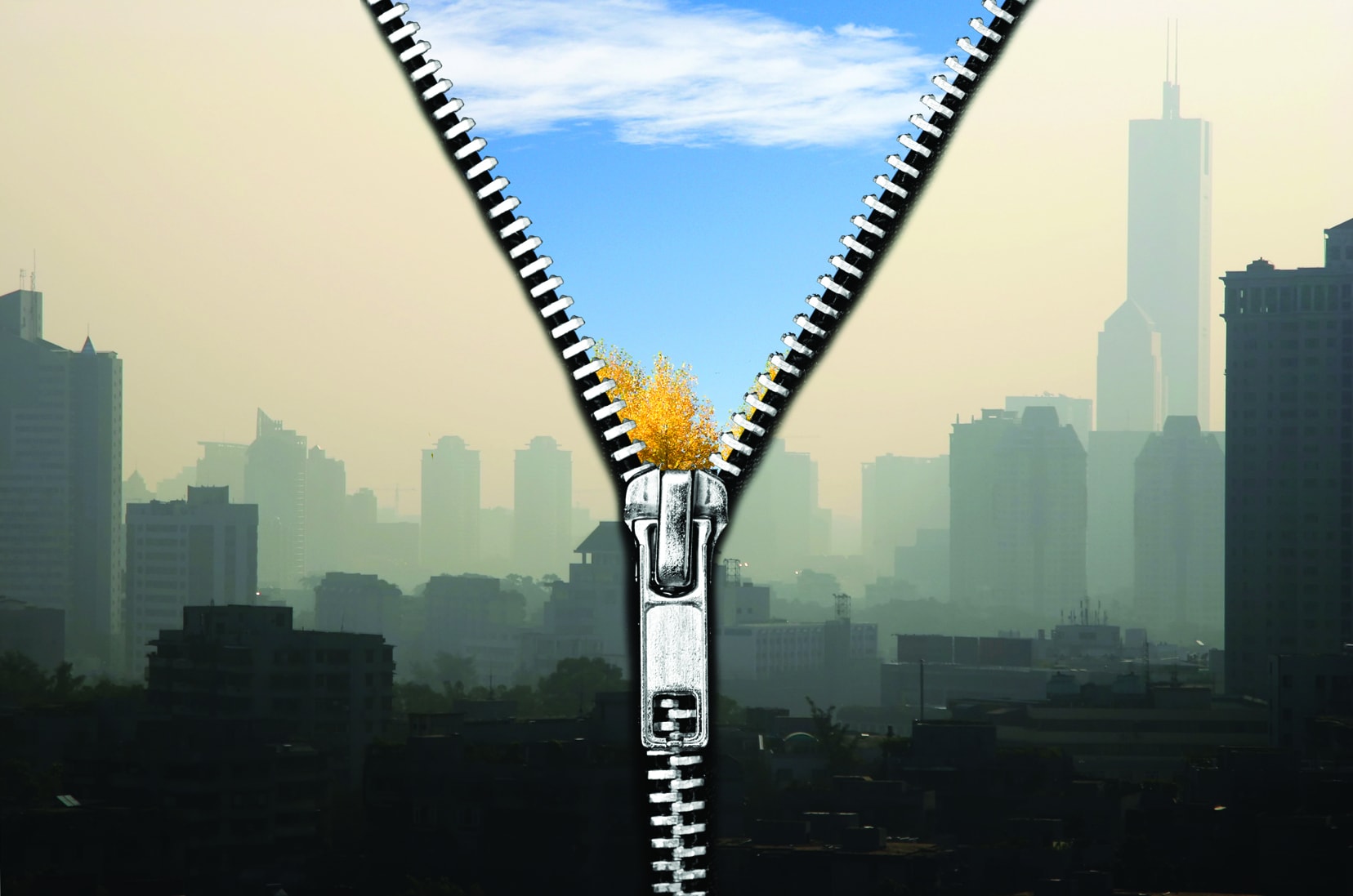BACC TRAVEL



 FARES USA- BRAZIL --
FARES USA- BRAZIL --  FROM: NEWARK To: Sao Paulo $632 - Rio de Janeiro $638 --
FROM: NEWARK To: Sao Paulo $632 - Rio de Janeiro $638 --  FROM: BOSTON To: Sao Paulo $543 - Belo Horizonte $546 --
FROM: BOSTON To: Sao Paulo $543 - Belo Horizonte $546 --  FROM: FORT LAUDEDALE To: Sao Paulo $385 - Belo Horizonte $454 --
FROM: FORT LAUDEDALE To: Sao Paulo $385 - Belo Horizonte $454 --  FROM:LOS ANGELES To: Sao Paulo $490 - Rio de Janeiro $597
FROM:LOS ANGELES To: Sao Paulo $490 - Rio de Janeiro $597 

 BRAZIL - USA --
BRAZIL - USA --  FROM:FROM: BELO HORIZONTE To: Orlando $494 - Los Angeles $605 --
FROM:FROM: BELO HORIZONTE To: Orlando $494 - Los Angeles $605 --  FROM: SAO PAULO Newark $594 - Los Angeles $453
FROM: SAO PAULO Newark $594 - Los Angeles $453 

 --
-- 

 FARES USA- BRAZIL --
FARES USA- BRAZIL --  FROM: NEWARK To: Sao Paulo $632 - Rio de Janeiro $638 --
FROM: NEWARK To: Sao Paulo $632 - Rio de Janeiro $638 --  FROM: BOSTON To: Sao Paulo $543 - Belo Horizonte $546 --
FROM: BOSTON To: Sao Paulo $543 - Belo Horizonte $546 --  FROM: FORT LAUDEDALE To: Sao Paulo $385 - Belo Horizonte $454 --
FROM: FORT LAUDEDALE To: Sao Paulo $385 - Belo Horizonte $454 --  FROM:LOS ANGELES To: Sao Paulo $490 - Rio de Janeiro $597
FROM:LOS ANGELES To: Sao Paulo $490 - Rio de Janeiro $597 

 BRAZIL - USA --
BRAZIL - USA --  FROM:FROM: BELO HORIZONTE To: Orlando $494 - Los Angeles $605 --
FROM:FROM: BELO HORIZONTE To: Orlando $494 - Los Angeles $605 --  FROM: SAO PAULO Newark $594 - Los Angeles $453
FROM: SAO PAULO Newark $594 - Los Angeles $453 

 --
-- 
Desculpe-nos, mas este texto está apenas disponível em English.